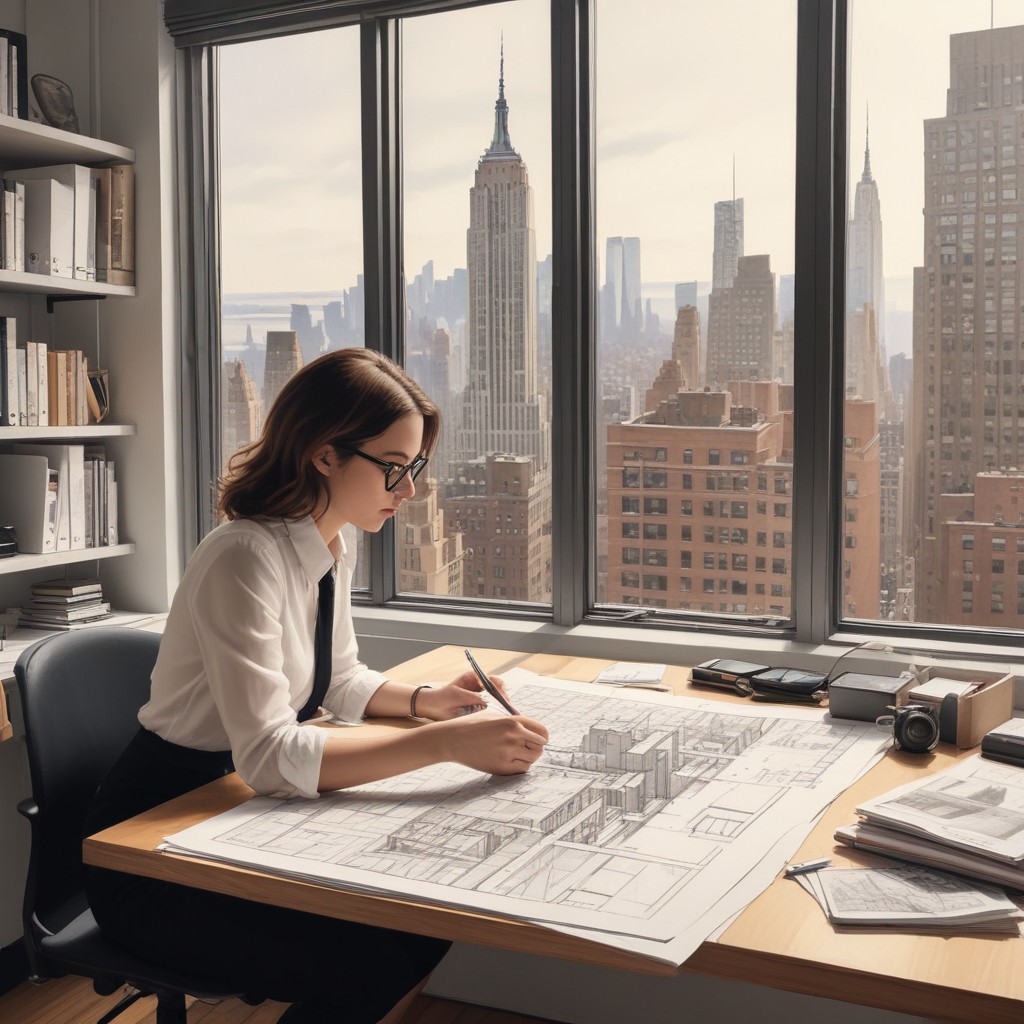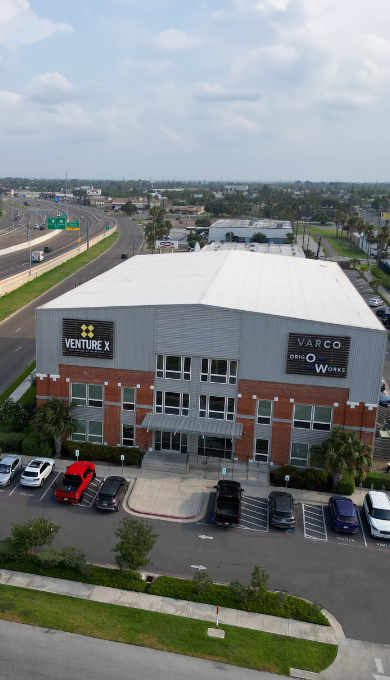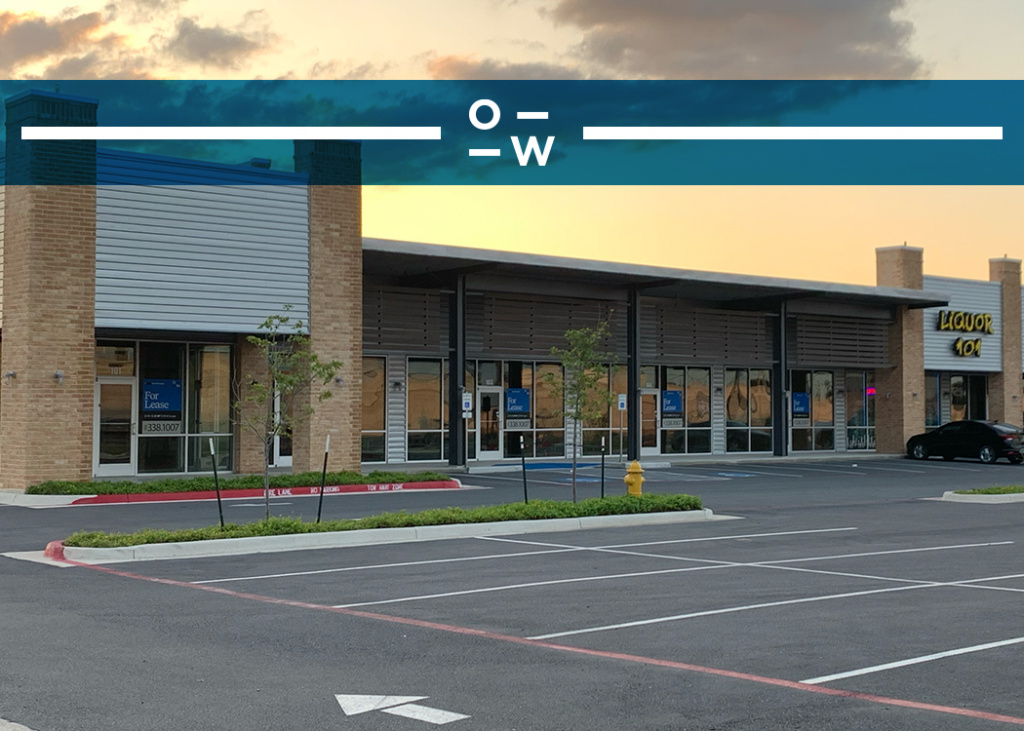The Process of Creating Functional and Aesthetically Pleasing Spaces
Architectural design is the process of planning, designing, and constructing buildings and other structures. It is a complex and creative field that encompasses a wide range of skills, including:
- Space planning: Architectural designers need to be able to efficiently and effectively use space to meet the needs of the occupants.
- Structural engineering: Architectural designers need to have a basic understanding of structural engineering to ensure that their designs are safe and sound.
- Building materials: Architectural designers need to be familiar with a variety of building materials and their properties to select the right materials for each project.
- Building codes: Architectural designers need to be familiar with building codes and regulations to ensure that their designs comply with all applicable laws.
- Aesthetics: Architectural designers need to have a keen eye for aesthetics to create buildings that are both functional and beautiful.
The architectural design process typically involves the following steps:
- Project definition: The first step is to define the project scope and goals. This includes understanding the needs of the occupants, the budget, and the site constraints.
- Schematic design: The schematic design phase involves developing the overall concept for the project. This includes creating floor plans, elevations, and sections.
- Design development: The design development phase involves refining the schematic design and creating more detailed drawings. This includes specifying materials, finishes, and equipment.
- Construction documents: The construction documents phase involves creating the final drawings and specifications that will be used to construct the project.
- Construction administration: Construction administration involves overseeing the construction process to ensure that the project is built according to the plans and specifications.
Architectural design is an essential part of the construction process. It ensures that buildings are safe, functional, and aesthetically pleasing.





